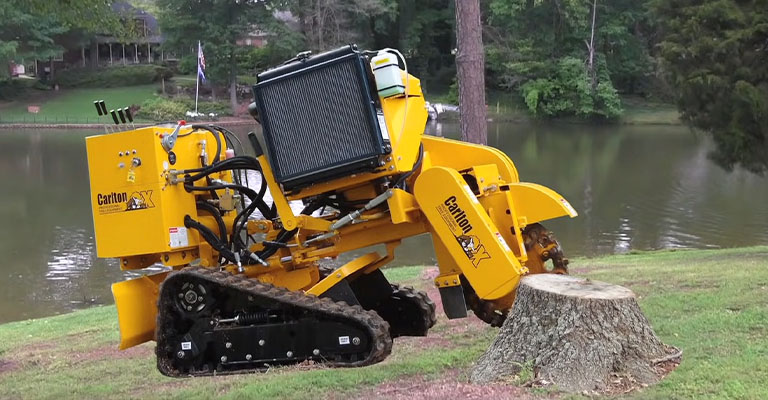Butterflies within the backyard – Contours Landscapes
Everyone seems to be charmed by butterflies! They signify metamorphosis, and hope via change and are symbolic of the life cycle of all residing issues. Some are brilliantly patterned and colored with kaleidoscopic markings. Others are slightly extra subdued, and on this weblog, we have a look at two of the widespread ones in our Cape gardens and one which could be very uncommon and particular to the Cape Peninsula, however not the most effective looker! We additionally have a look at some vegetation to encourage butterflies within the backyard which you can plant for subsequent 12 months’s prettiest guests.
COMMON GARDEN Acaea hortara
You could have seen that the widespread Acaea hortara butterfly is in every single place in summer time. These are the little, soft-orange, black-spotted ones which can be flitting from flower to flower and selecting the garden to relaxation every so often. The Backyard Acaea hortara is among the commonest butterflies in Cape City gardens however may be present in woodlands and gardens all through the moister areas of South Africa, and can also be identified from Zimbabwe.
HOST PLANTS
The male butterfly is extra darkish orange and the feminine paler in colouring. The feminine will lay eggs in clusters of about 50 eggs on the underside of the host plant that the caterpillars wish to eat. The wonderful factor about these little butterflies is that they solely eat two identified plant species. The primary is the indigenous Wild peach tree or Kiggelaria africana. And the second plant they eat is the Passiflora household of vegetation (passionfruits sure!) My father-in-law, George, has a big Wild Peach tree in his backyard and yearly it’s lined in hundreds of tiny caterpillars munching on the brand new leaves. Amazingly they don’t appear to decimate the tree because the Cape cuckoos and orioles like to devour them too. The partitions of his home additionally bear the little noticed pupa of the caterpillars and plenty of extra teenager-stage caterpillars with their prickly armour.
LIFE CYCLE
“In summer time the larvae take 4-5 weeks to develop, whereas, in winter, improvement is arrested by the chilly temperatures, so the larval interval is significantly longer. Mature larvae can transfer a protracted distance to discover a appropriate pupation web site which is normally in opposition to a wall or rock. To pupate, the larva spins a silken pad to which the pupa is hooked up.” After about 9 days, the newly hatched butterfly emerges slowly from the pupa. They normally spend an hour or so shut by or on their empty pupa after which use their wings. I’ve seen them resting on the garden with their wings slightly crinkled nonetheless, flapping gently till they’re prepared. Their prime wings are clear, and solely the decrease set has noticed patterning. “Curiously, this small, normally brick purple and black butterfly and their caterpillars additionally take in substances from their host vegetation which make them distasteful to most animals. The exceptions are the assorted cuckoo species which go to the Backyard in summer time; they apparently relish the Backyard Acraea! The younger caterpillars usually fall prey to parasitic wasps, which assist to maintain their numbers in test.”
COMMON SMALL WHITE CABBAGE BUTTERFLY
One other widespread small and really fairly butterfly is the Small White Cabbage Butterfly. These usually are not indigenous and be the most typical butterfly within the UK. Their caterpillars are the perpetrator on my cabbage leaves. They will munch via a crop of good new leaves in a single day! I do love these butterflies although and discover their tiny black dot on the wings so easy and chic! I don’t thoughts just a few caterpillars to have these pretties floating round. Planting many different greens and flowering vegetation like nasturtiums and marigolds helps to confuse these caterpillars and butterflies and apparently helps to discourage them from consuming the cabbage leaves.
PENINSULA SKOLLY BUTTERFLY
One other very attention-grabbing butterfly that I don’t suppose I’ve seen earlier than within the backyard, is the Peninsula Skolly, Thestor yildizae. Apparently, it’s the solely endemic butterfly to the Cape Peninsula and spends most of its time underground within the nest of the Pugnacious ant, the place it spends its complete larval and pupa stage. It’s a reasonably uninteresting gray in color, however with powdery wings. “The feminine lays its eggs close to an ant path, from there the ants carry the eggs into their nest the place they hatch. The larvae of the Peninsula Skolly are fed by the ants who regurgitate their meals. An ant-attracting substance is excreted from glands on the larva’s pores and skin, which the ants imbibe. This relationship continues for a 12 months till the butterfly hatches out the next season. The grownup butterfly doesn’t possess a proboscis (lengthy rolled up tongue) to feed on flowers and makes use of the saved up vitality from the ant regurgitations to fly.” How very odd certainly and wonderful what nature does to outlive!
PLANTS FOR BUTTERFLIES IN THE GARDEN
There are plenty of stunning indigenous flowering vegetation that appeal to butterflies. Their nectar is cherished by the butterflies who use their lengthy, rolled proboscis to achieve into the flowers. Some wonderful butterfly vegetation are Scabiosa incisa and africana, all of the Pelargoniums and Geraniums which additionally appeal to three different butterflies, the Water Bronze (Cacyreus fracta), Dickson’s Bronze (Cacyreus dicksoni) and the Geranium Bronze (Cacyreus marshalli). Asystasia gangetica helps as much as 7 identified species, hermannia, Imperata cylindra, Chrysanthemoides species, Hypoestes aristata, Pavonia burchelli, Cotyledon orbiculata, Plectranthus species, Selago species, Chaetacanthus setiger, Acacia karoo, Uvaria caffra, Vepris lanceolata an Ximenia species to call just a few of the extra widespread indigenous vegetation out there in nurseries. Completely satisfied butterfly recognizing!


